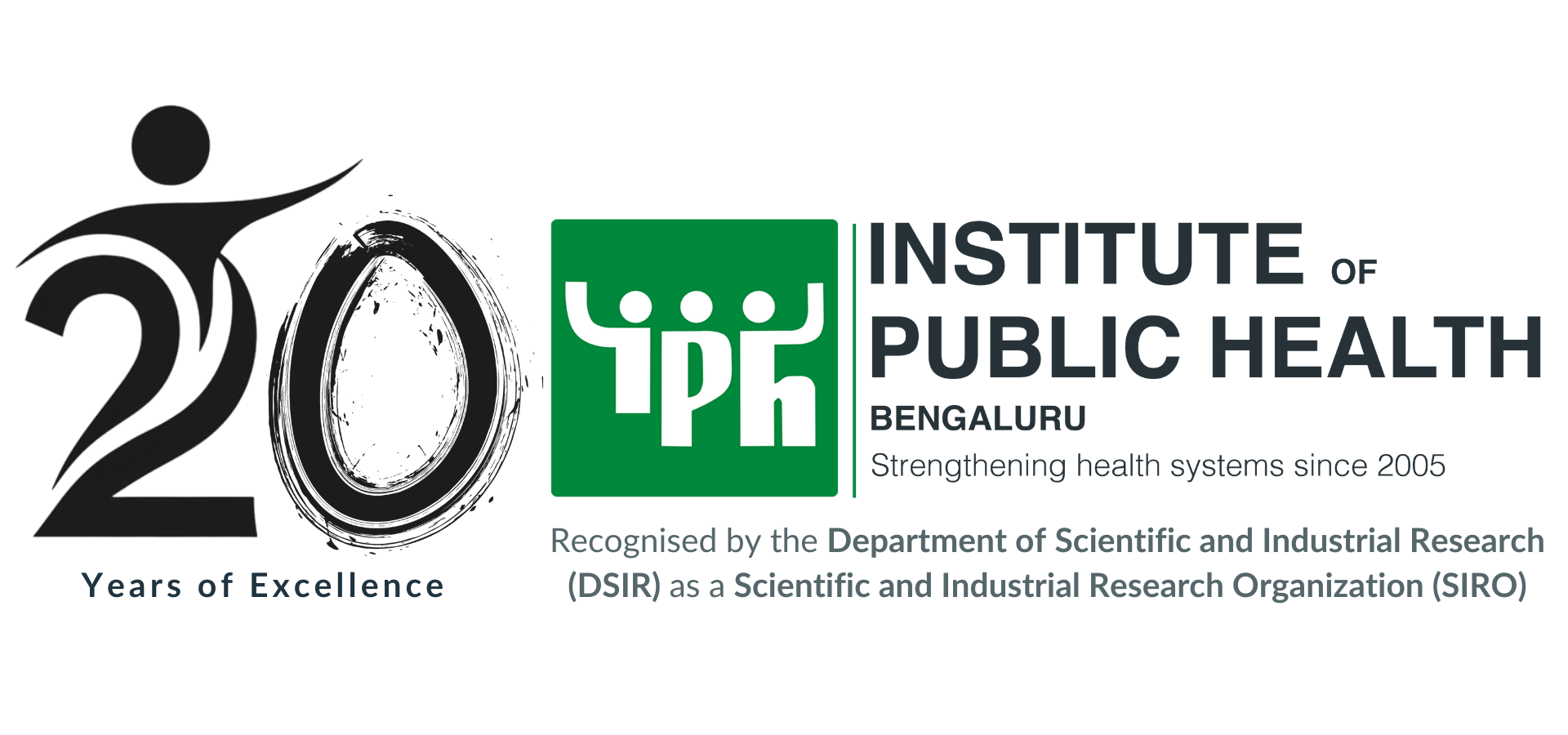The Access to Medicines Study
Duration of project
(July 2013 to March 2016)
Access to Medicines Study
Aim:
The aim of this study is to improve equitable access to quality generic medicines for non-communicable diseases (Diabetes and Hypertension) in Tumkur district of Karnataka state in southern India. We seek to understand the health system factors that affect(either improve or hinder) utilisation and access to medicines for people with NCD.
Objectives:
• To understand if (and how) availability of drugs at government primary health centres (PHC) could be improved through formation of patient groups
• To understand if (and how) utilisation, compliance and quality of care for NCD at government primary health centres could be improved through training PHC staff and optimising existing service-delivery arrangements
• To estimate the additional costs for increasing rational use of medicines and services optimisation at PHCs
• To understand the health system factors that influence utilisation of drugs at government primary health centres
• To document the effects on the private sector of improved drug availability and utilisation in PHCs
India has the distinction of financing its healthcare mainly through out-of-pocket expenses by individual families contributing to catastrophic health expenditure and impoverishment. Nearly 70% of the health expenditure is on medicines purchased at private pharmacies. Patients with chronic ailments are especially affected, as they often need lifelong medicines. Over the past years in India, there have been several efforts to improve drug availability at government primary health centres (PHC).
The access to medicine (ATM) study, being conducted by Institute of Public Health, Bengaluru aims to understand the health system factors that affect utilisation and access to generic medicines for people with non-communicable diseases. The study duration is of three years from 2013 to 2016. The study is implemented in three Talukas selected from Tumkur district of Karnataka. The study uses a mixed methods approach and involves a baseline and endline household (households having a diabetes or hypertension patient in it) and facility surveys. The qualitative component of the study involves Focus Group Discussions (FGD) and in depth interviews with providers and community members.
PHCs in the study taluks are randomly allocated to one of three arms of the intervention. In the first arm a package of interventions to optimise health services for NCD care are provided while in the second arm, an additional package of interventions to strengthen community participation platforms are being provided. The third arm is the control. Routinely all these PHCs were visited by our research officers for follow up to our intervention spanning across 18 months of time period.
The Aceess to Medicines study is a mixed methods study consisting of a quasi-experimental design for the quantitative component of the study and a qualitative component focusing on the conditions necessary for improving access to medicines in Tumkur district of Karnataka state in India(Fig 2). The study has been conducted at three talukas (Turvekere, Korategere and Sira) in this district. The quantitative component include a baseline survey and an endline survey of households, PHCs and private pharmacies which are planned before and after an intervention (Fig 1). There are two types of intervention, i.e. Health Service Optimization (training of PHC medical officers, pharmacists, ANMs on NCD care and management, Introduction of patient health records and awareness materials at PHC) and Community Platform Strengthening (ASHA training, mobilization of ARS fund for drug indenting, NCD patient group meeting and street plays). All (39) PHCs across these three talukas were randomly assigned to one of the three intervention arms of the study; intervention A, intervention B or control. In one arm, PHCs received inputs to optimise service delivery, while the second arm received an additional package of interventions at the community level. A third arm of PHCs will be the control. The qualitative component of the study includes in-depth interviews with key stakeholders and focus group discussions. This part of the study is using a theory-driven approach to understand and explain the changes if any, and why the intervention worked for some (where it did) and not for others (where it did not) across the three arms of the study. We also collected data on quality of medicines in PHCs and private pharmacies. We collected qualitative data from health workers and the NCD patients to understand the process as well as account for the possible diversity in the outcomes of the interventions across intervention arms.

(Fig 1) Study design of the ATM study

(Fig 2) Study sites

